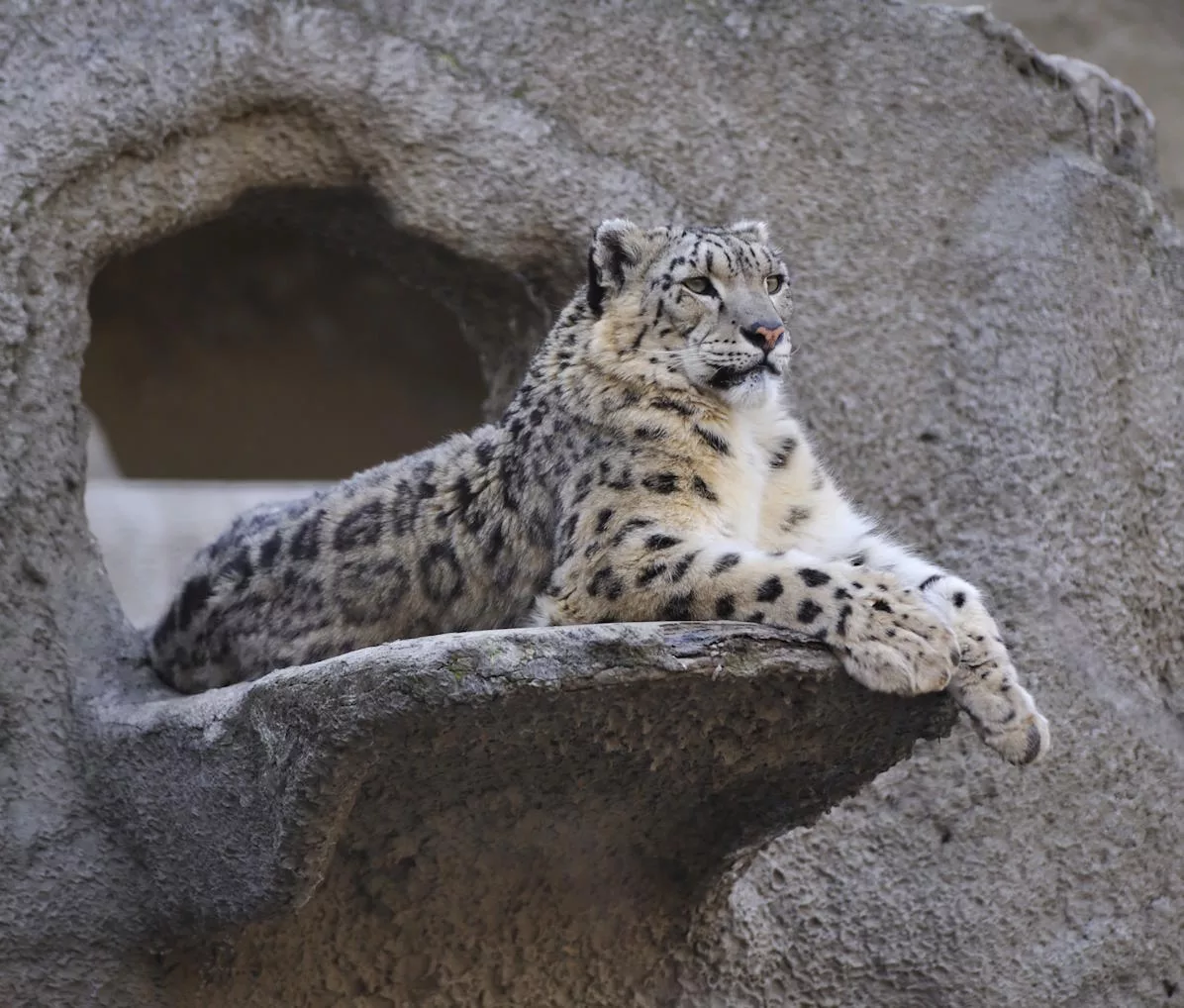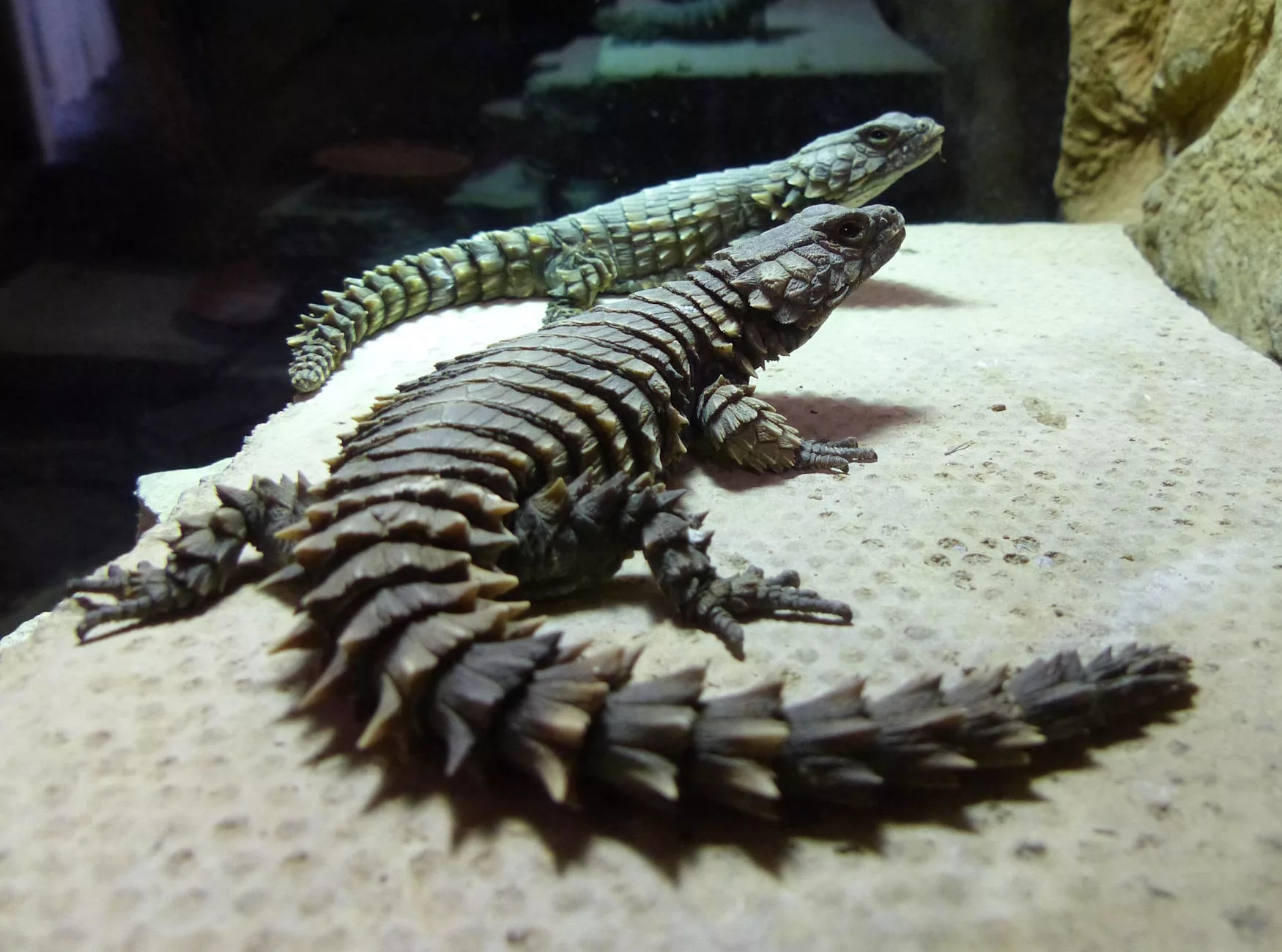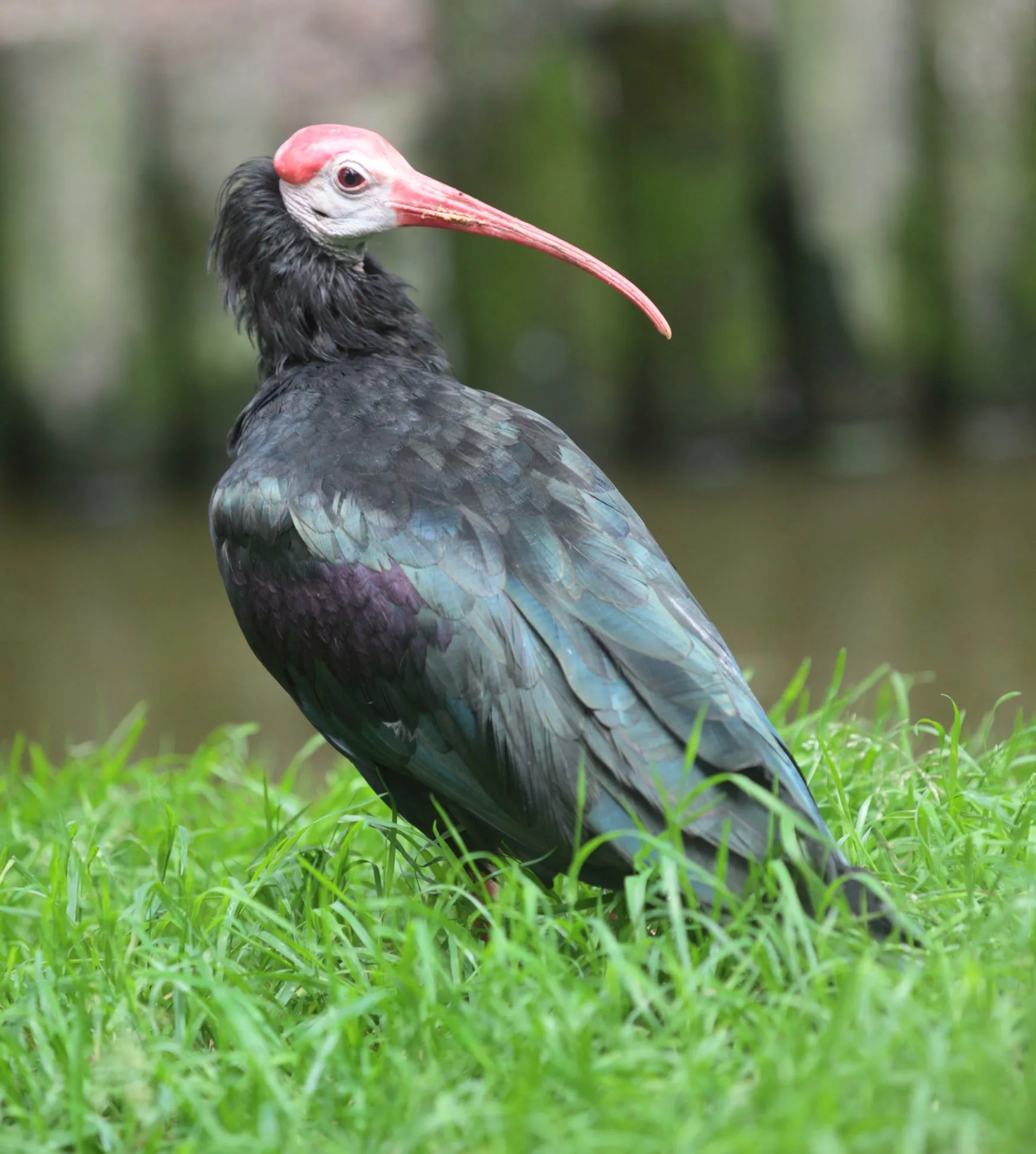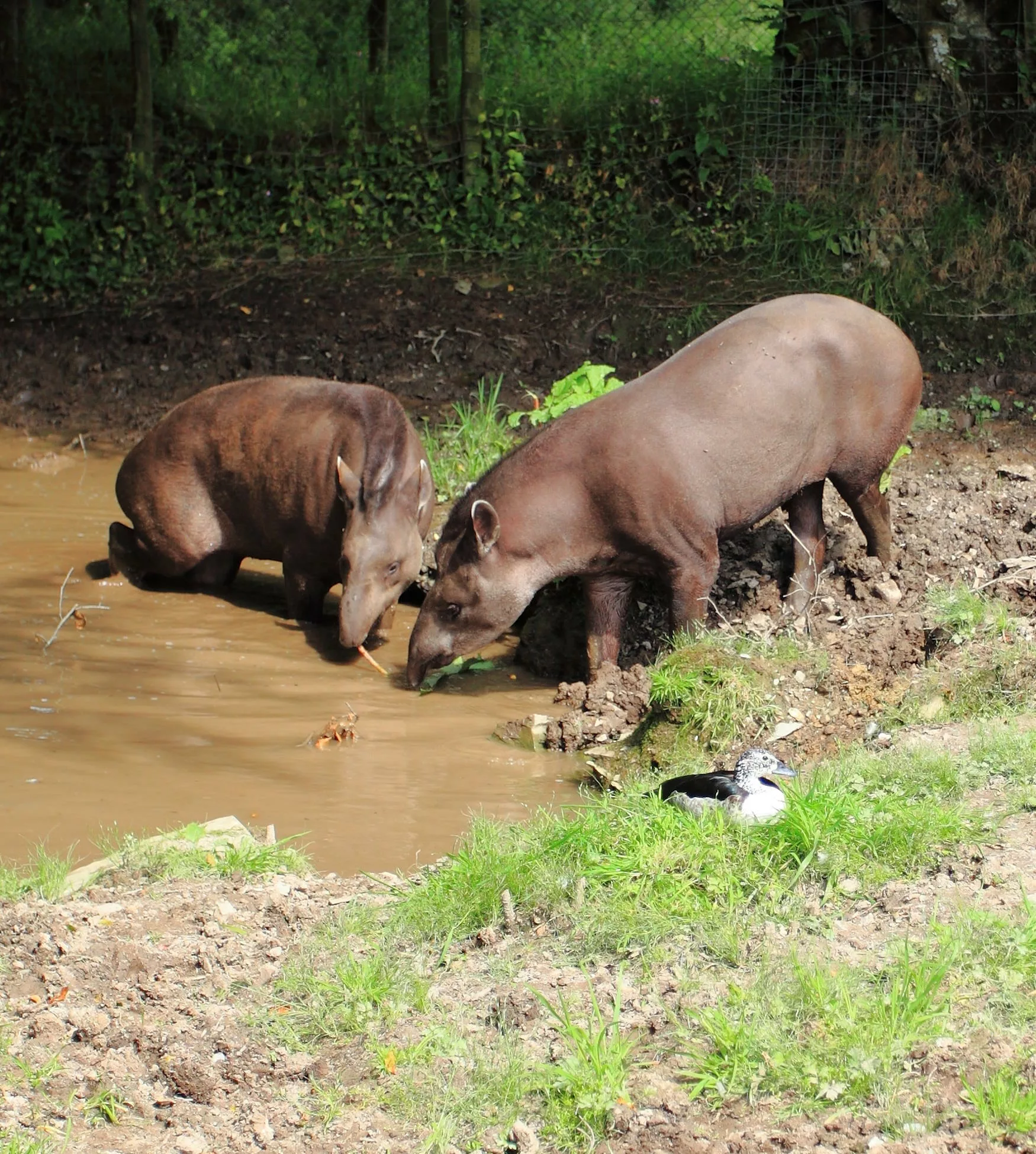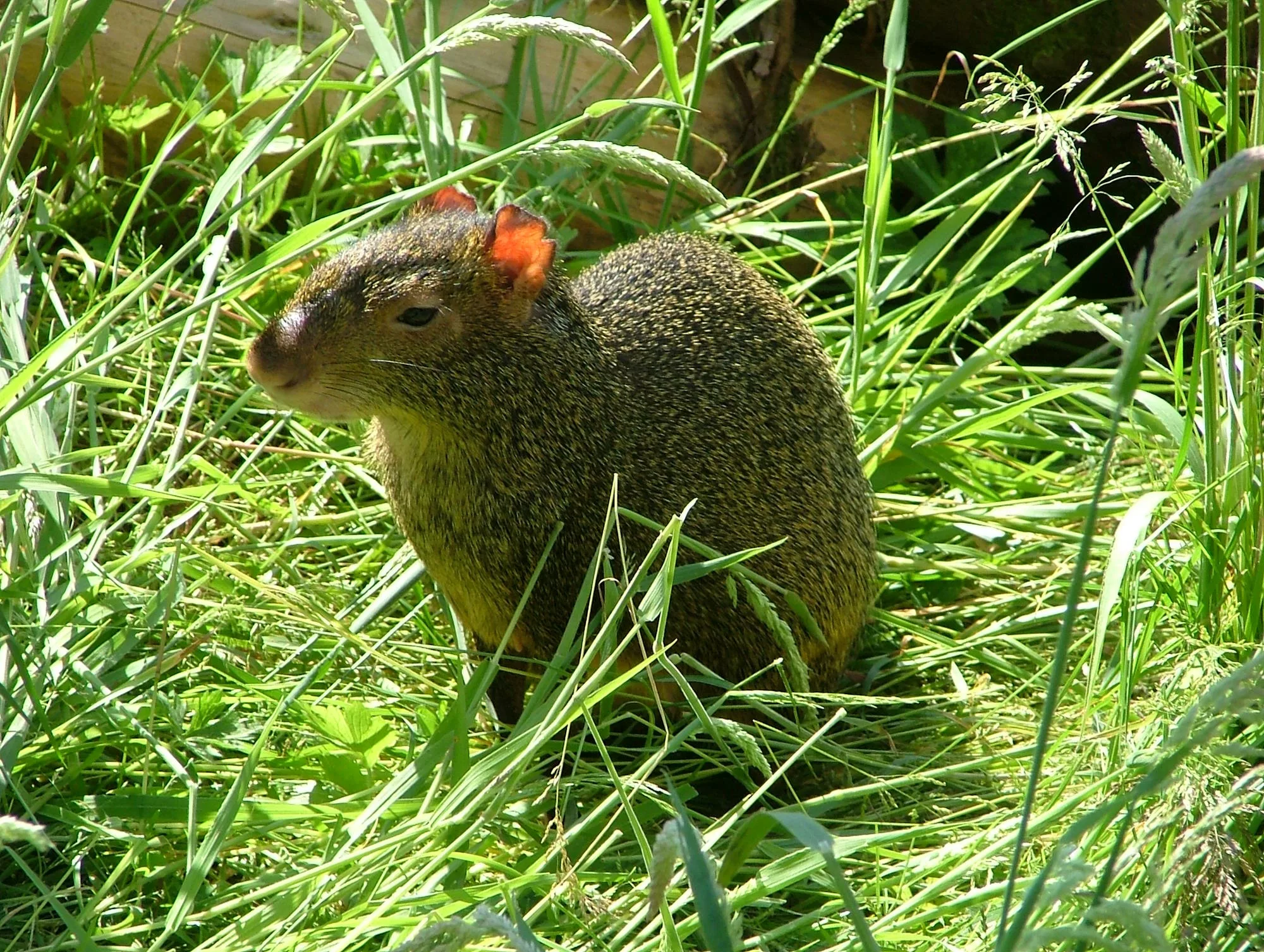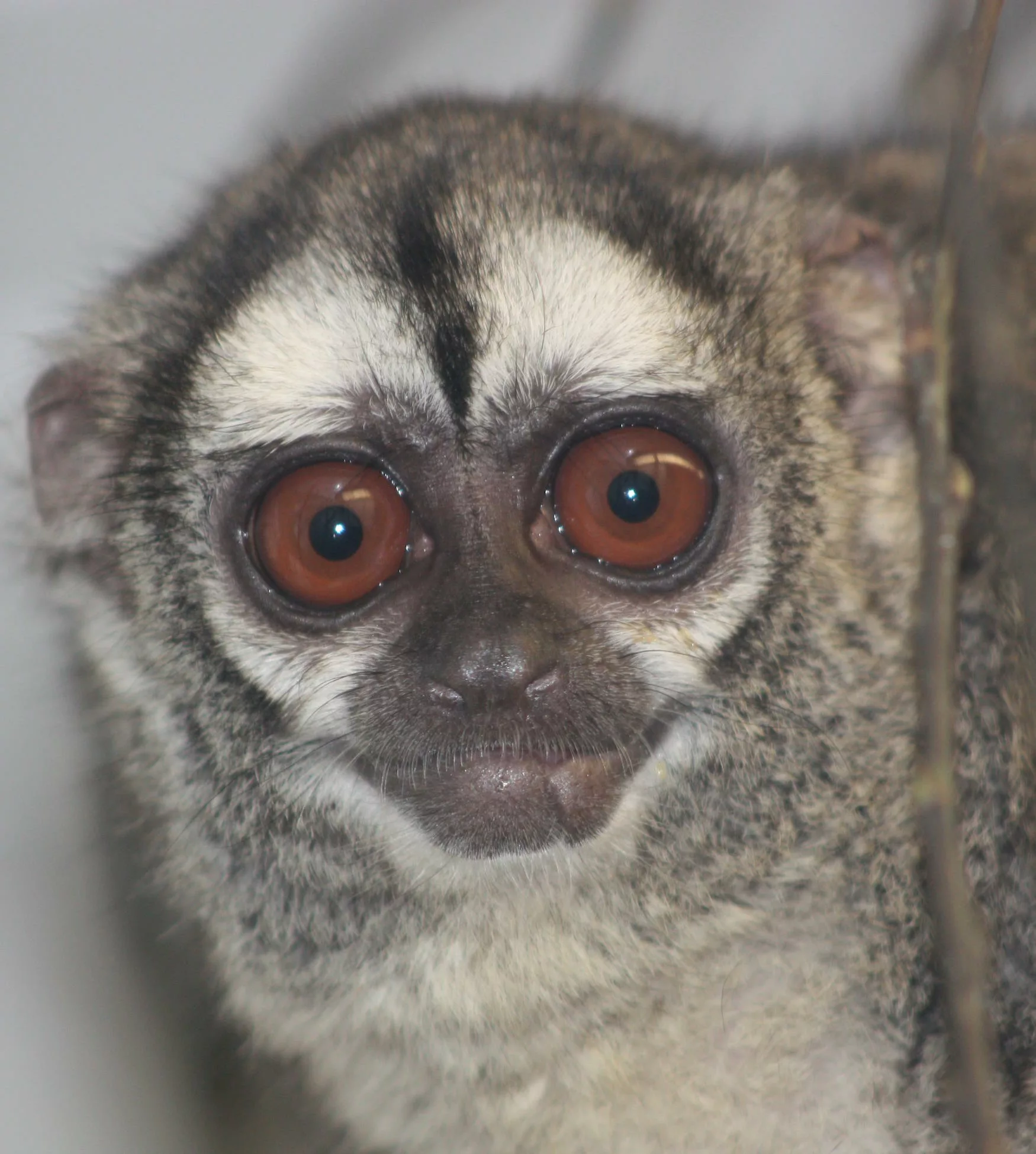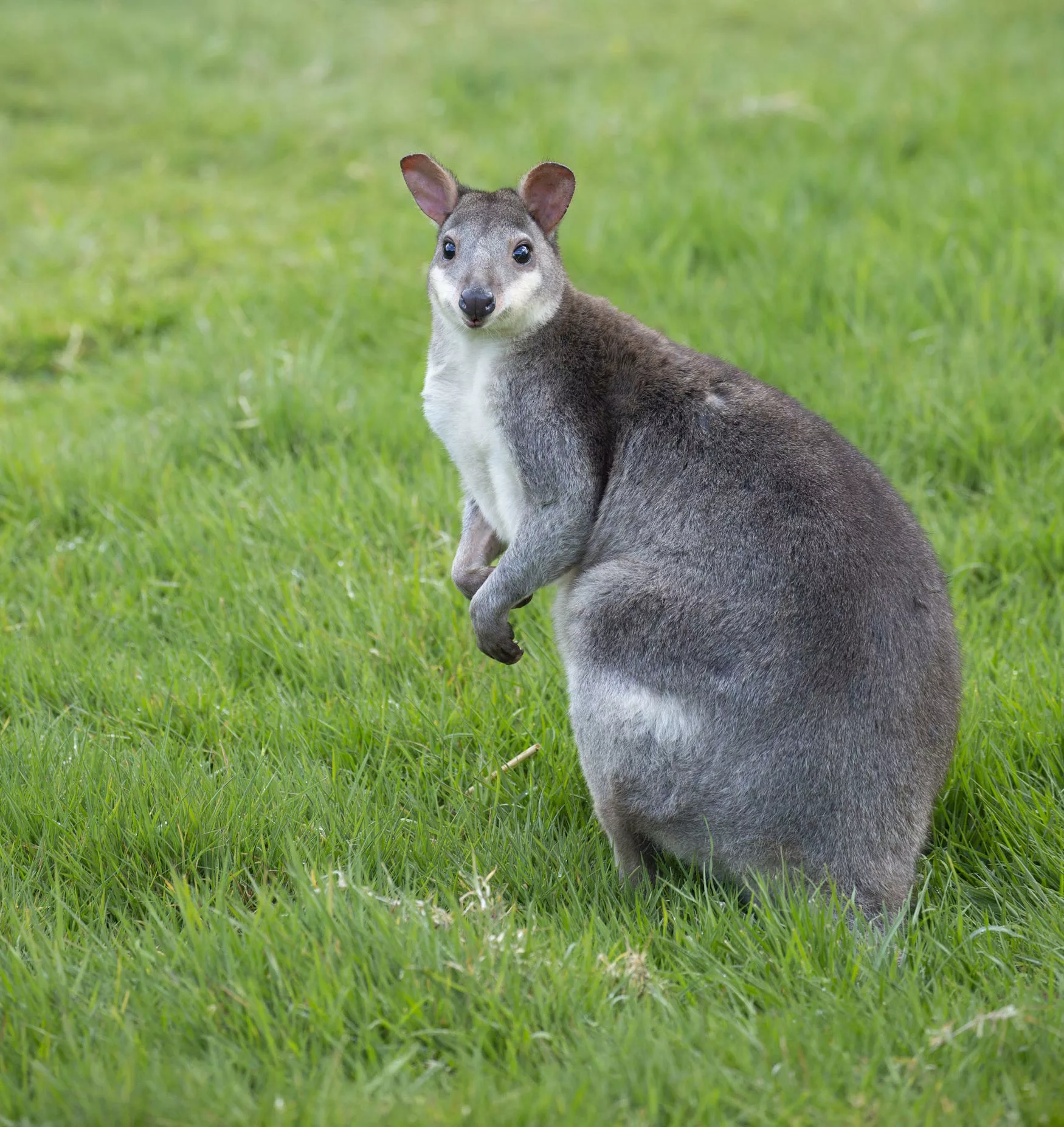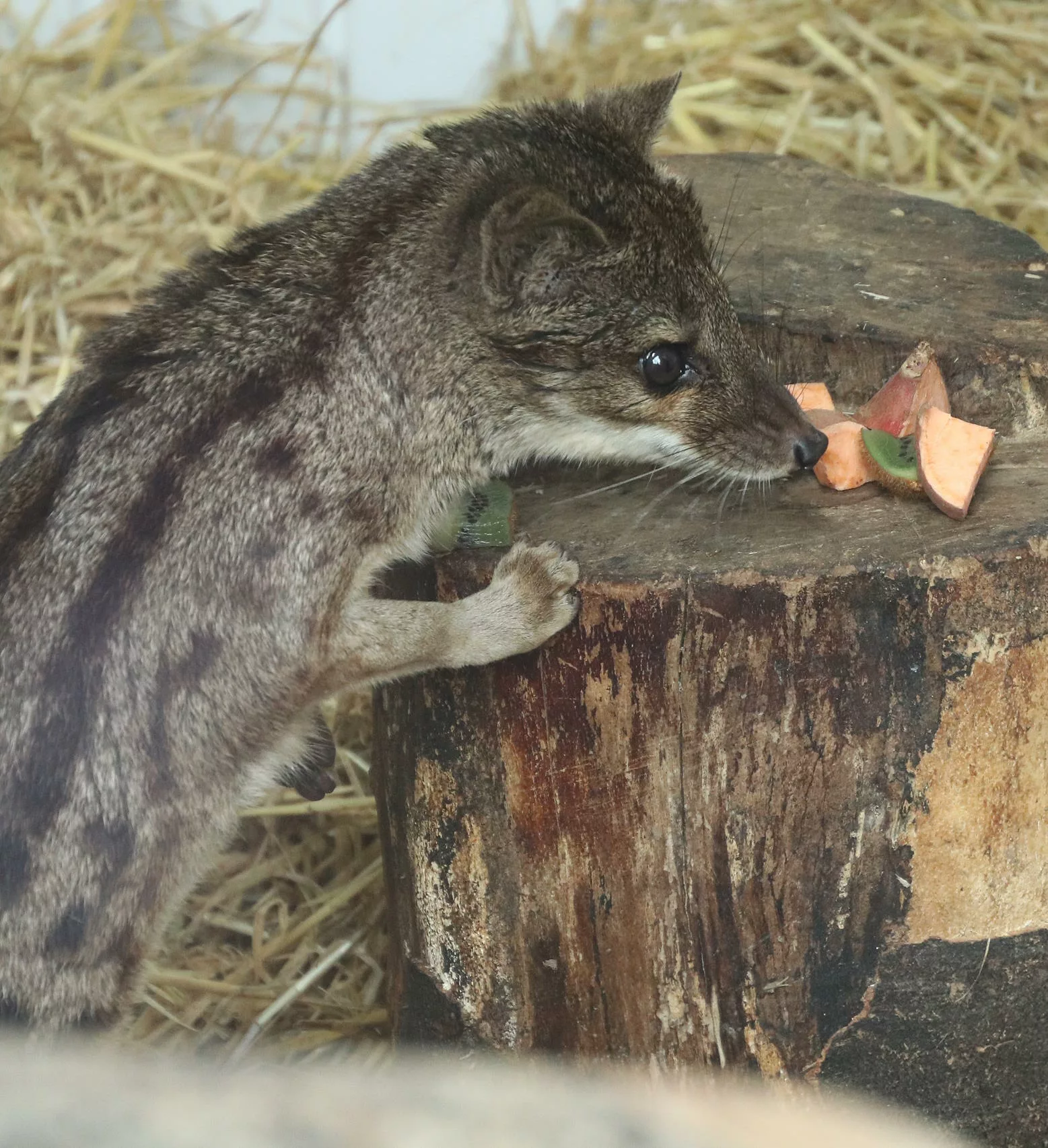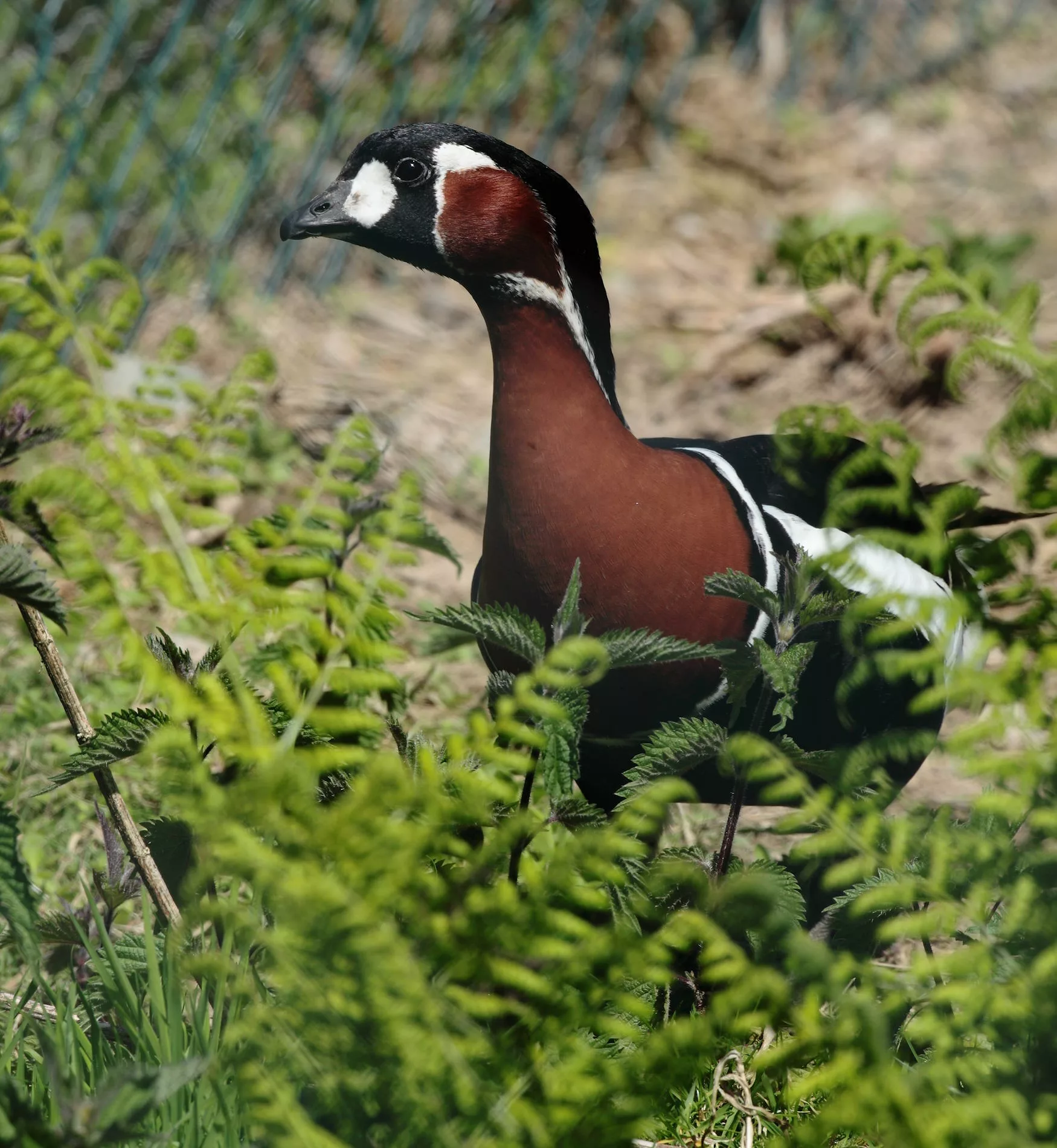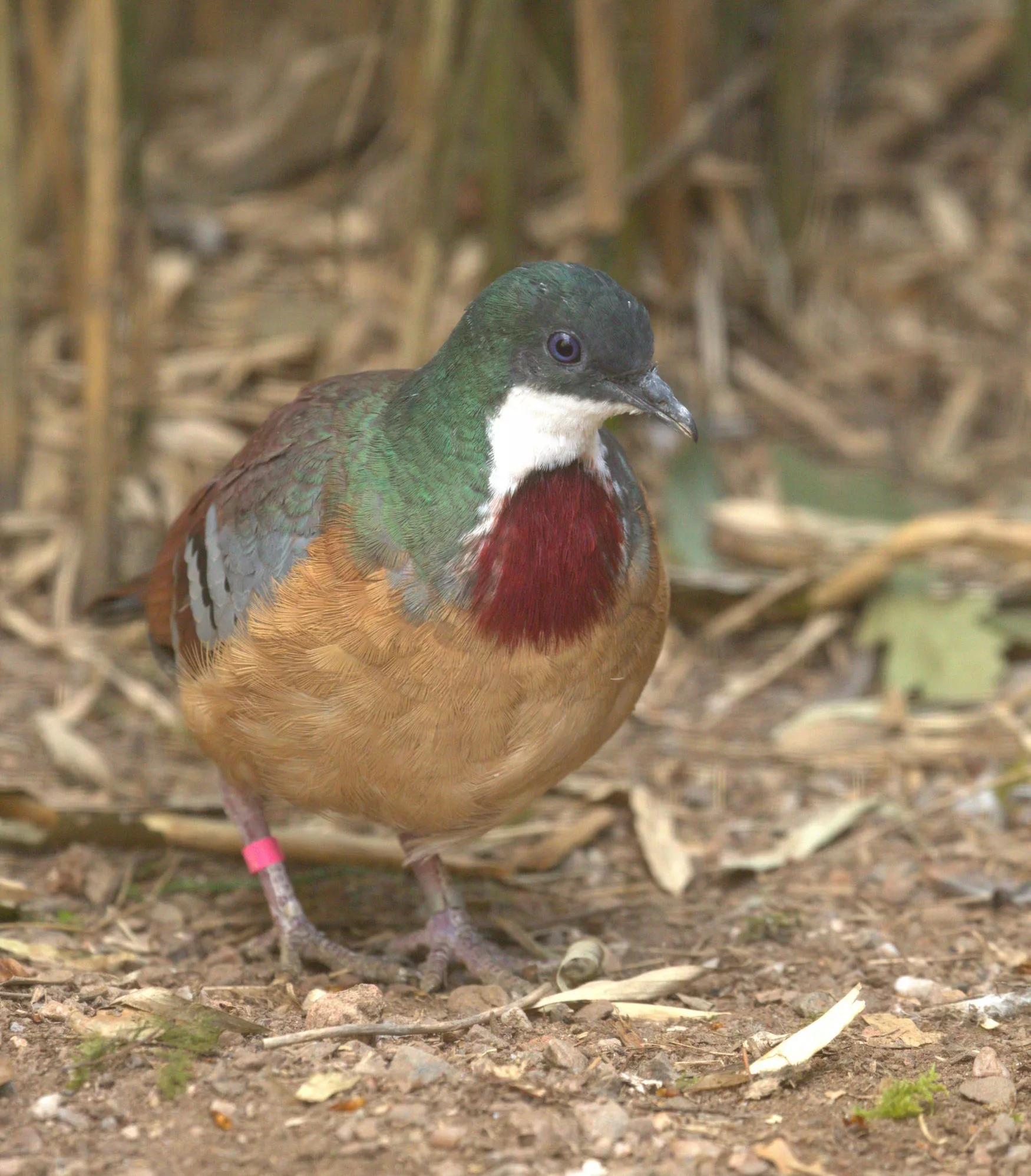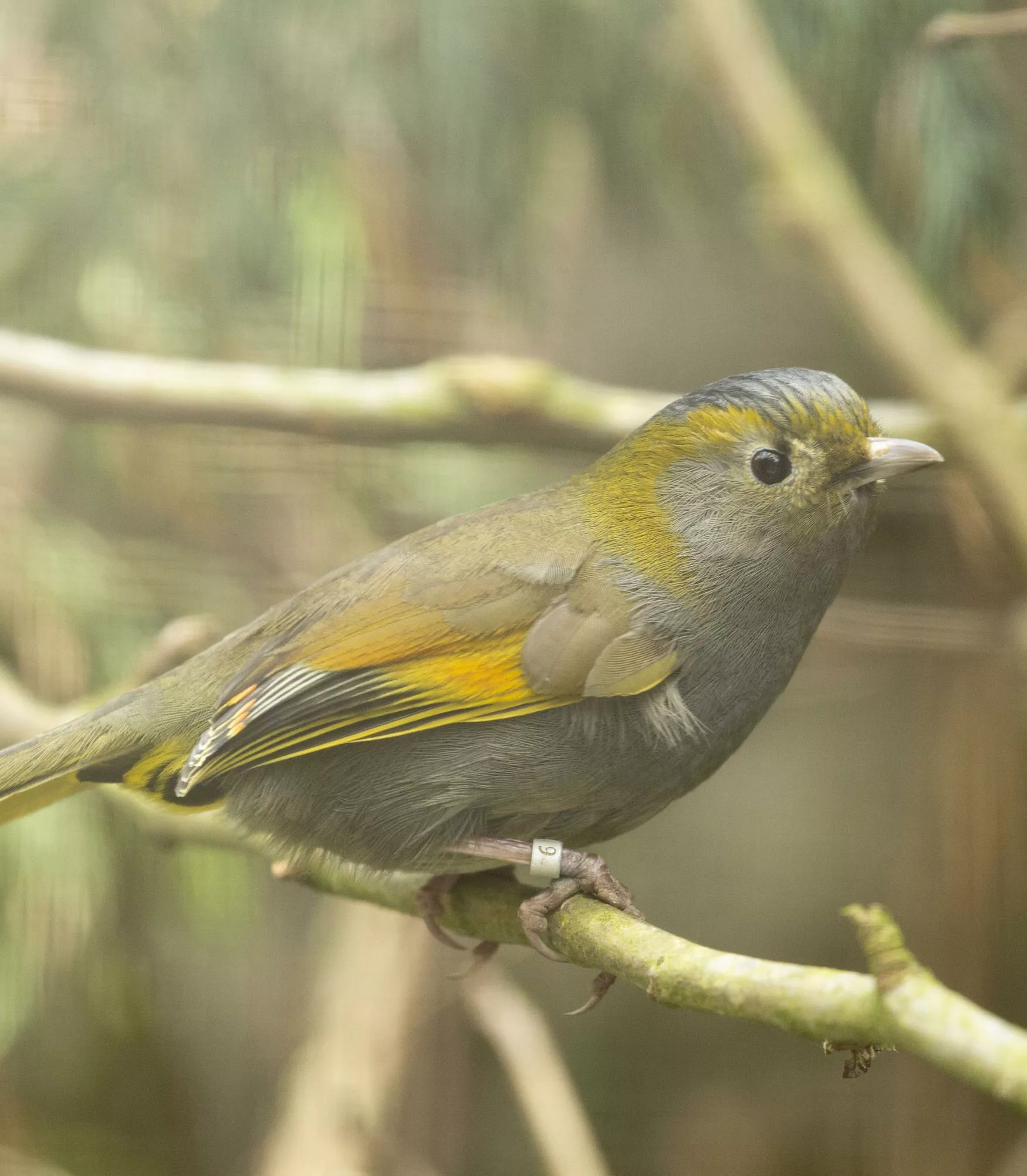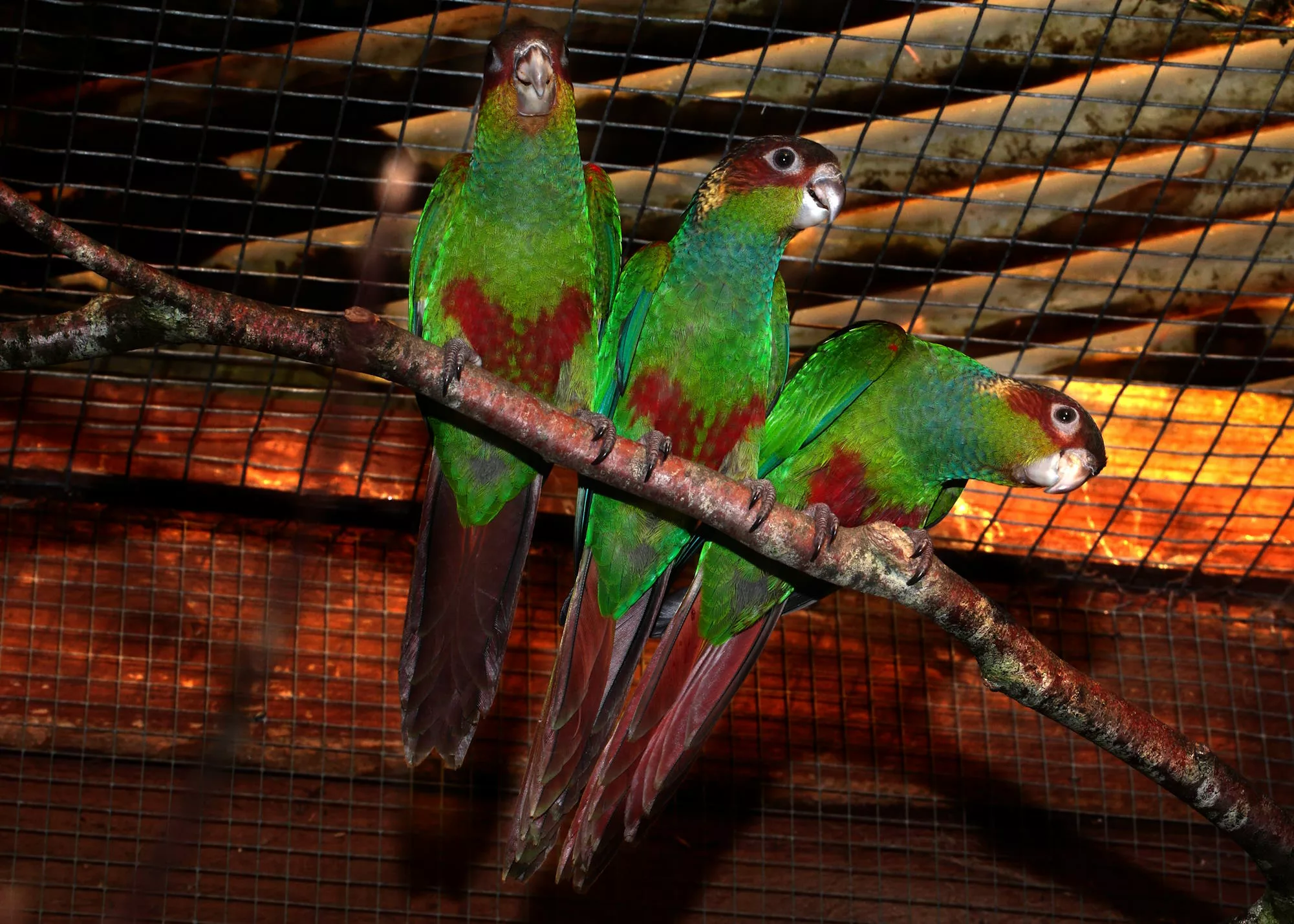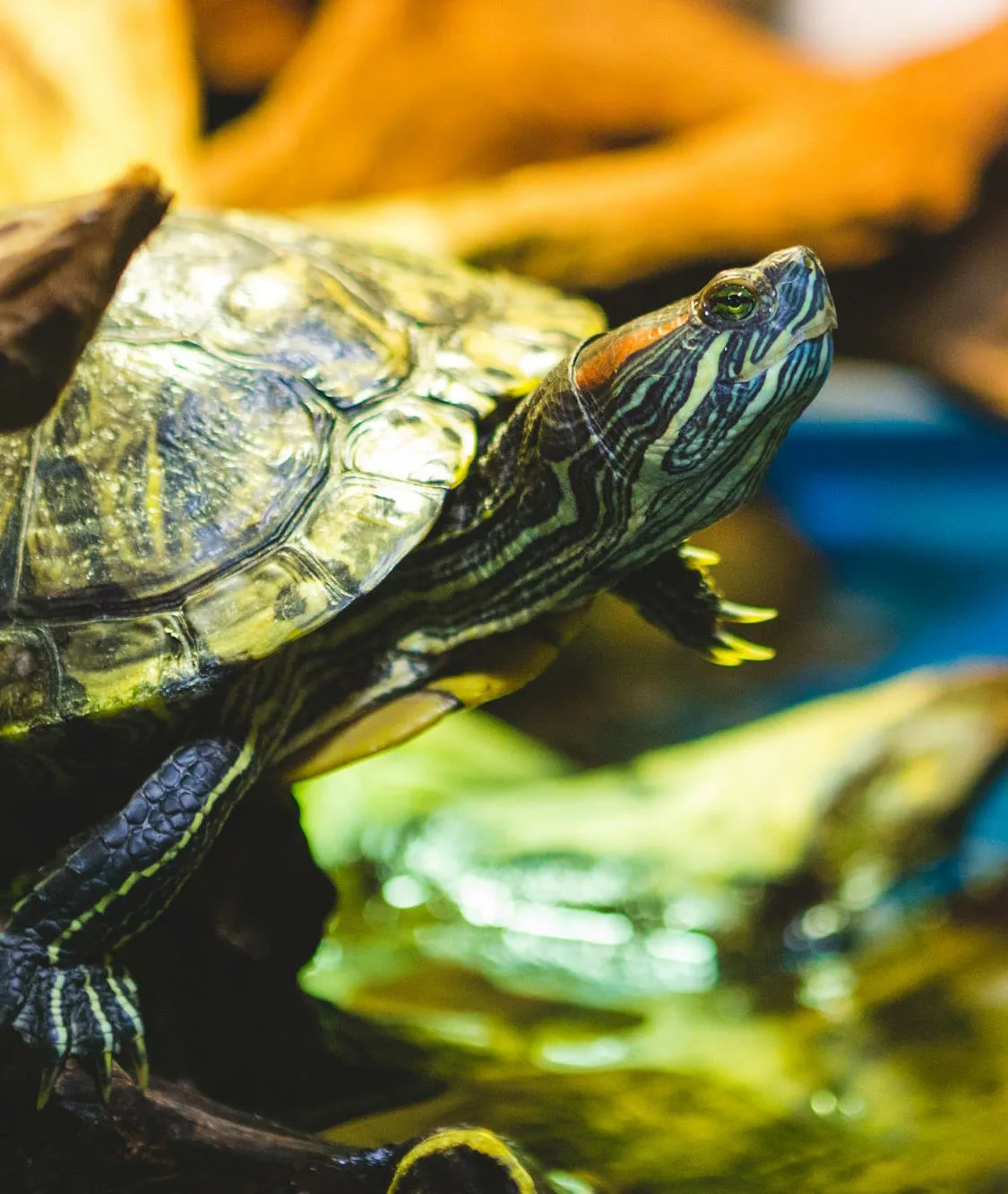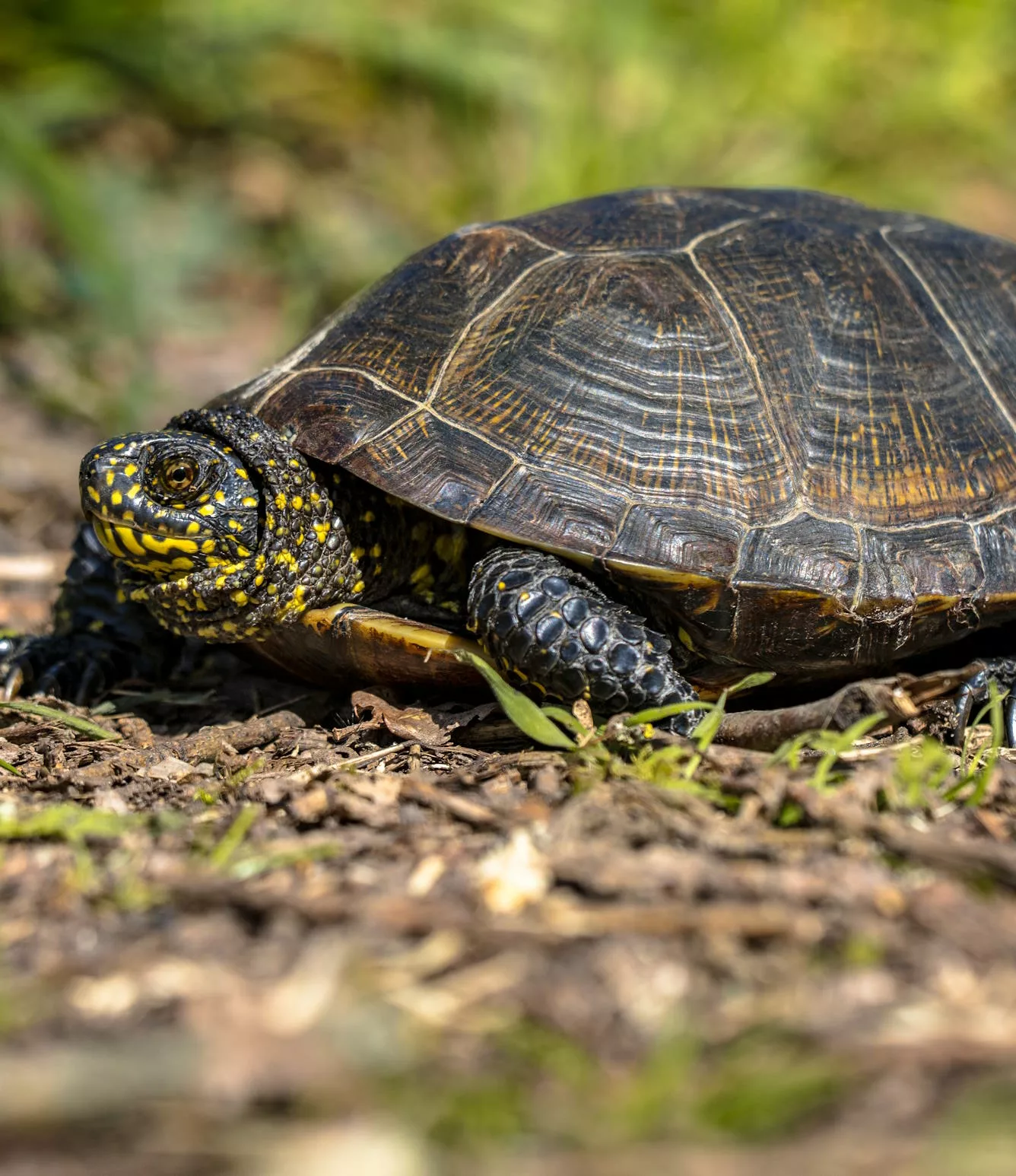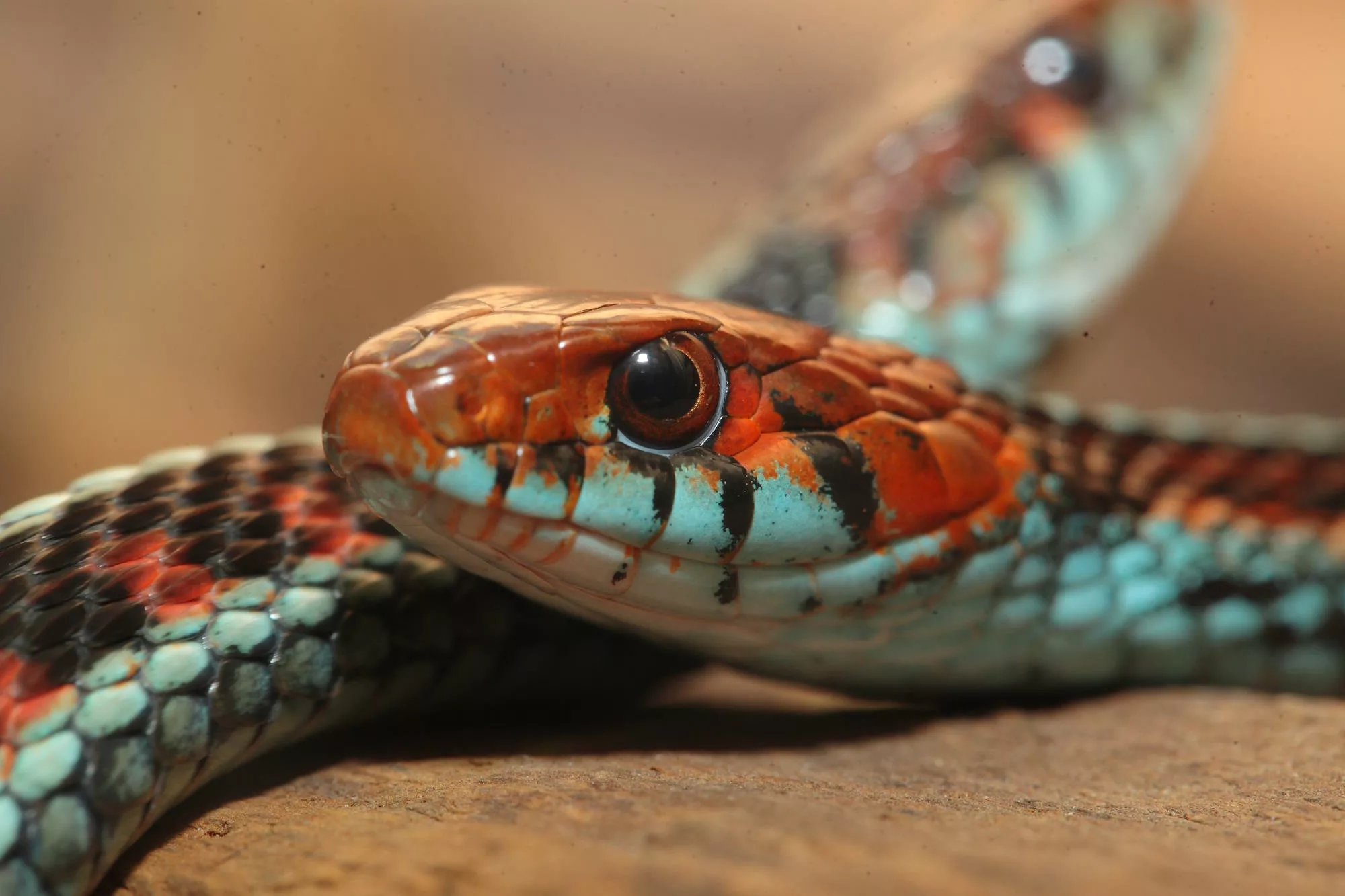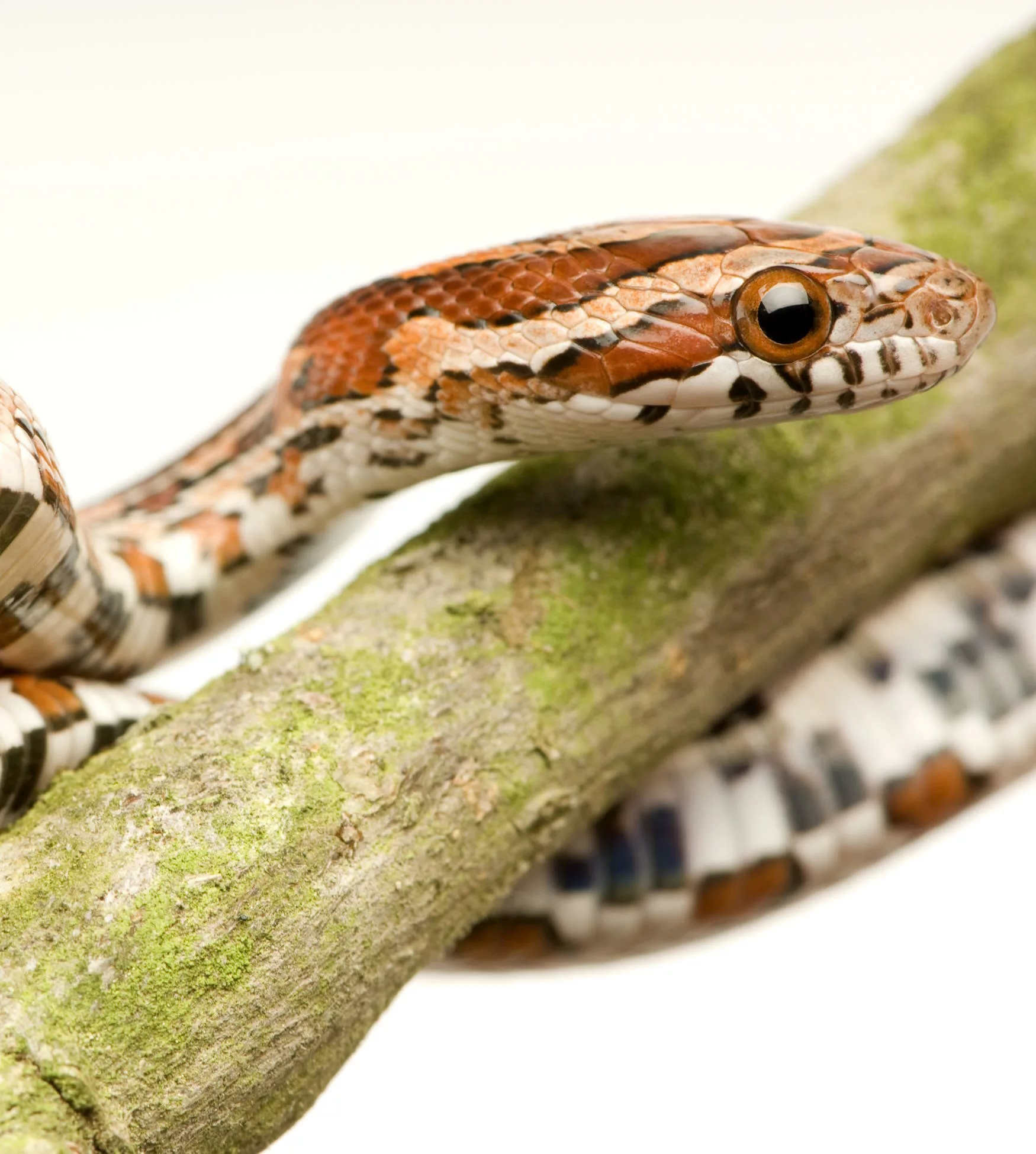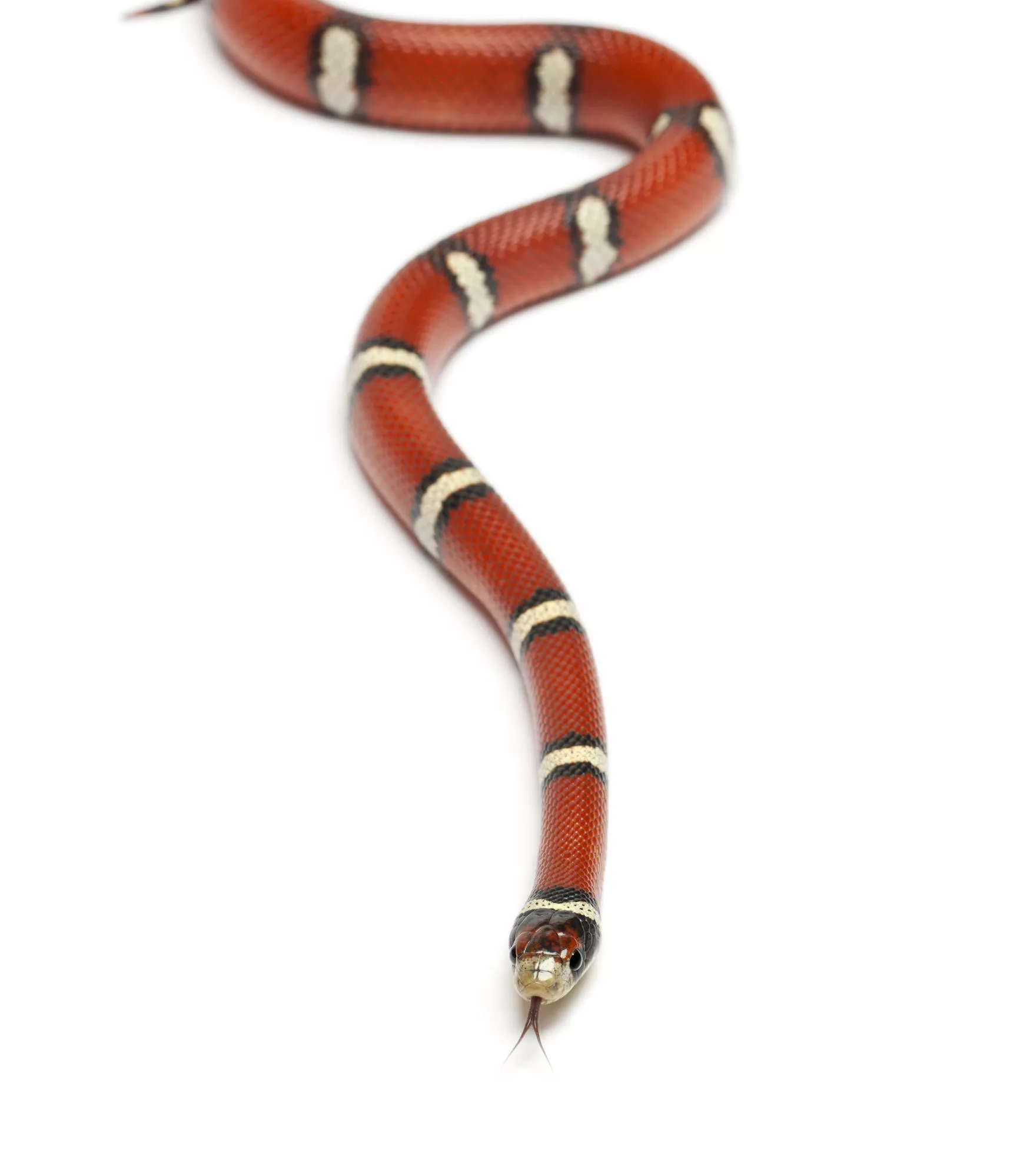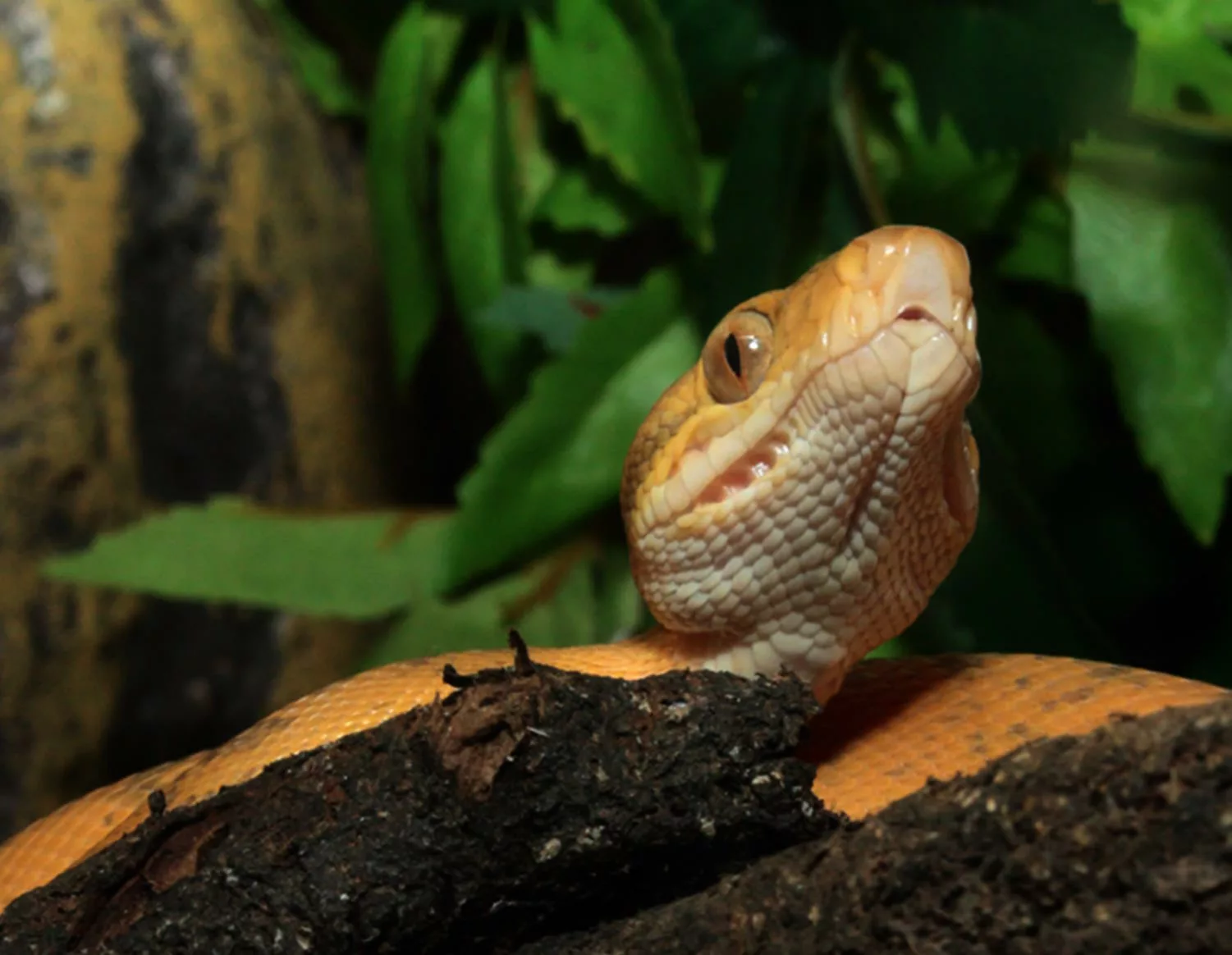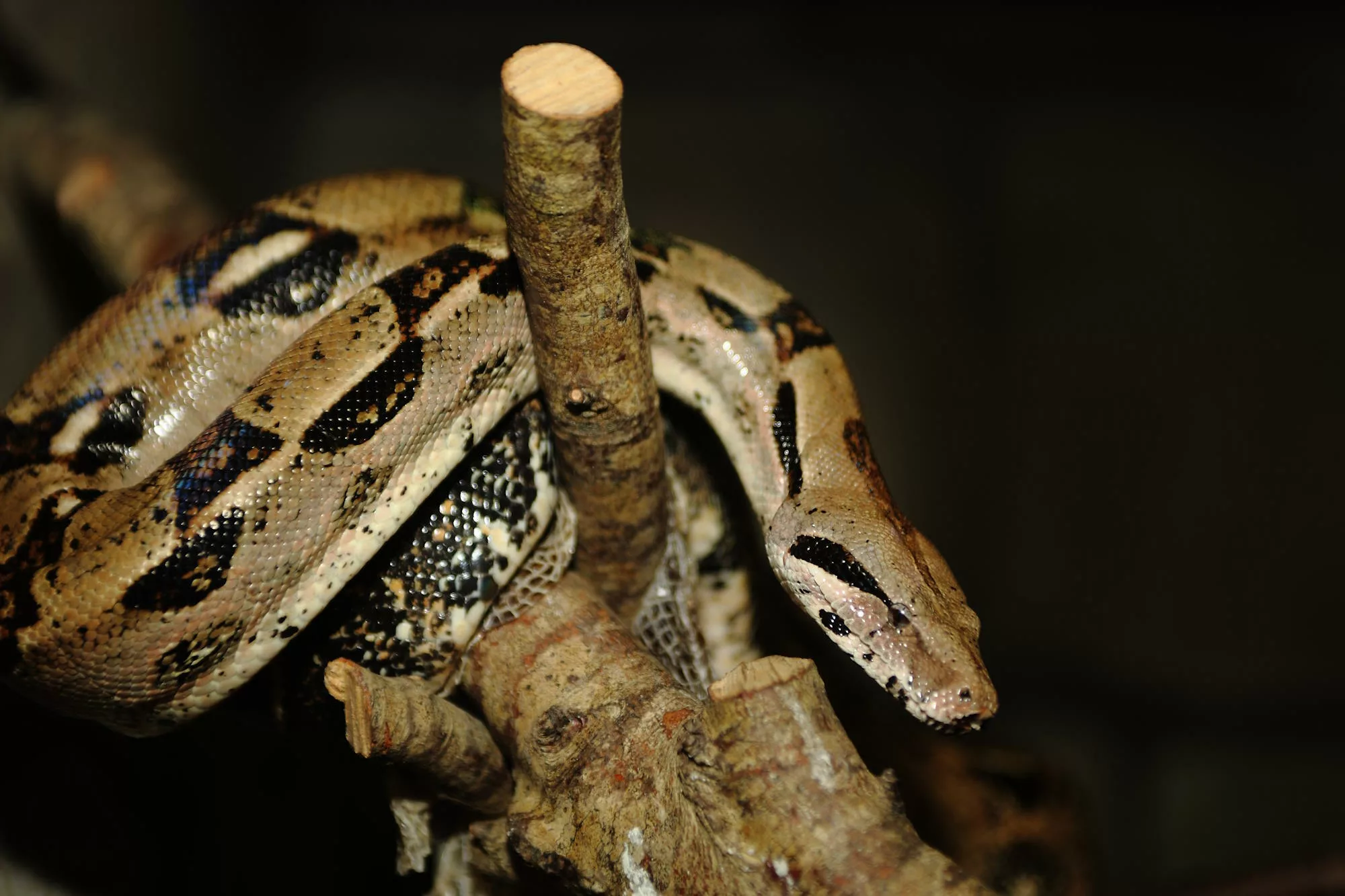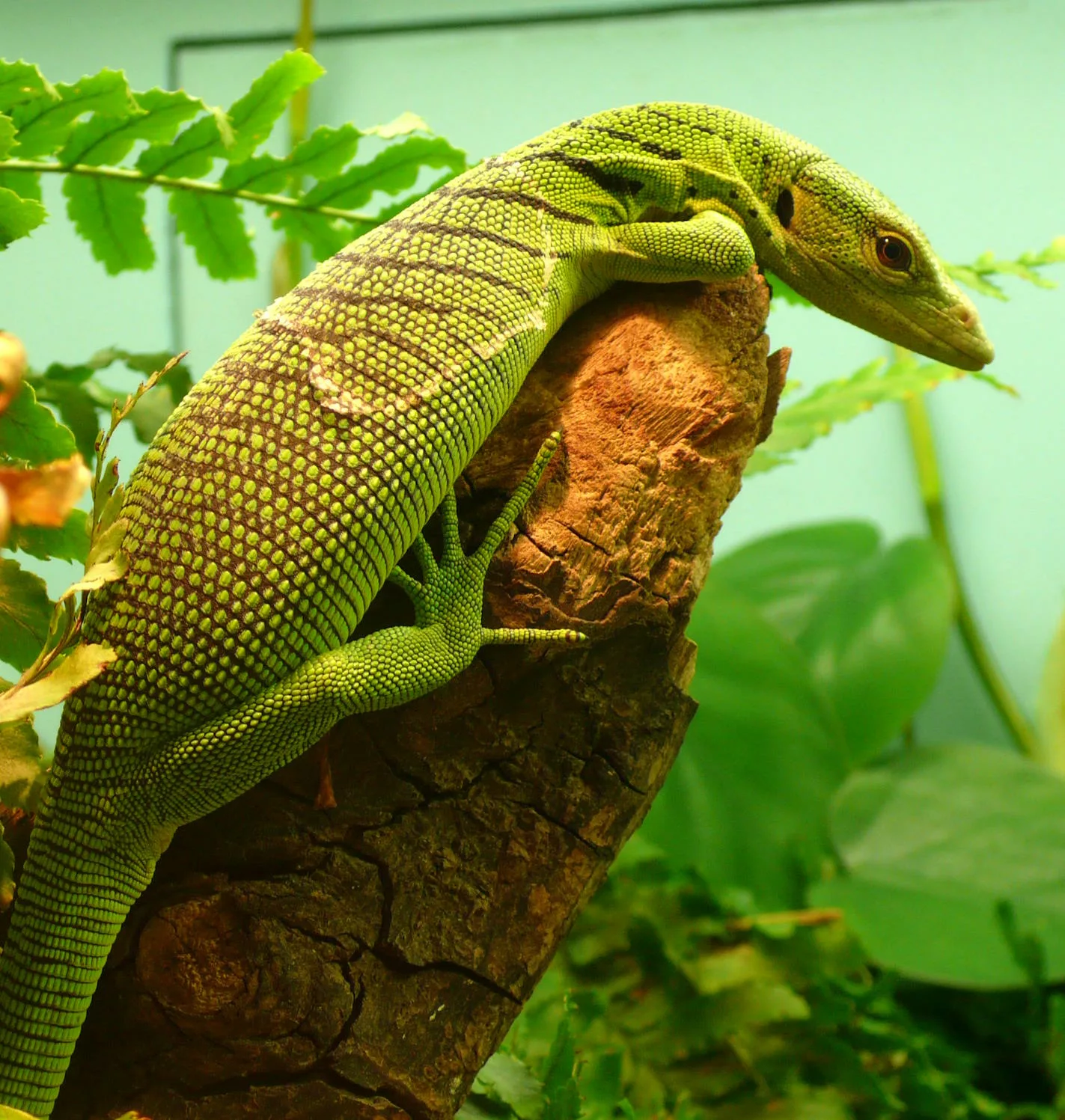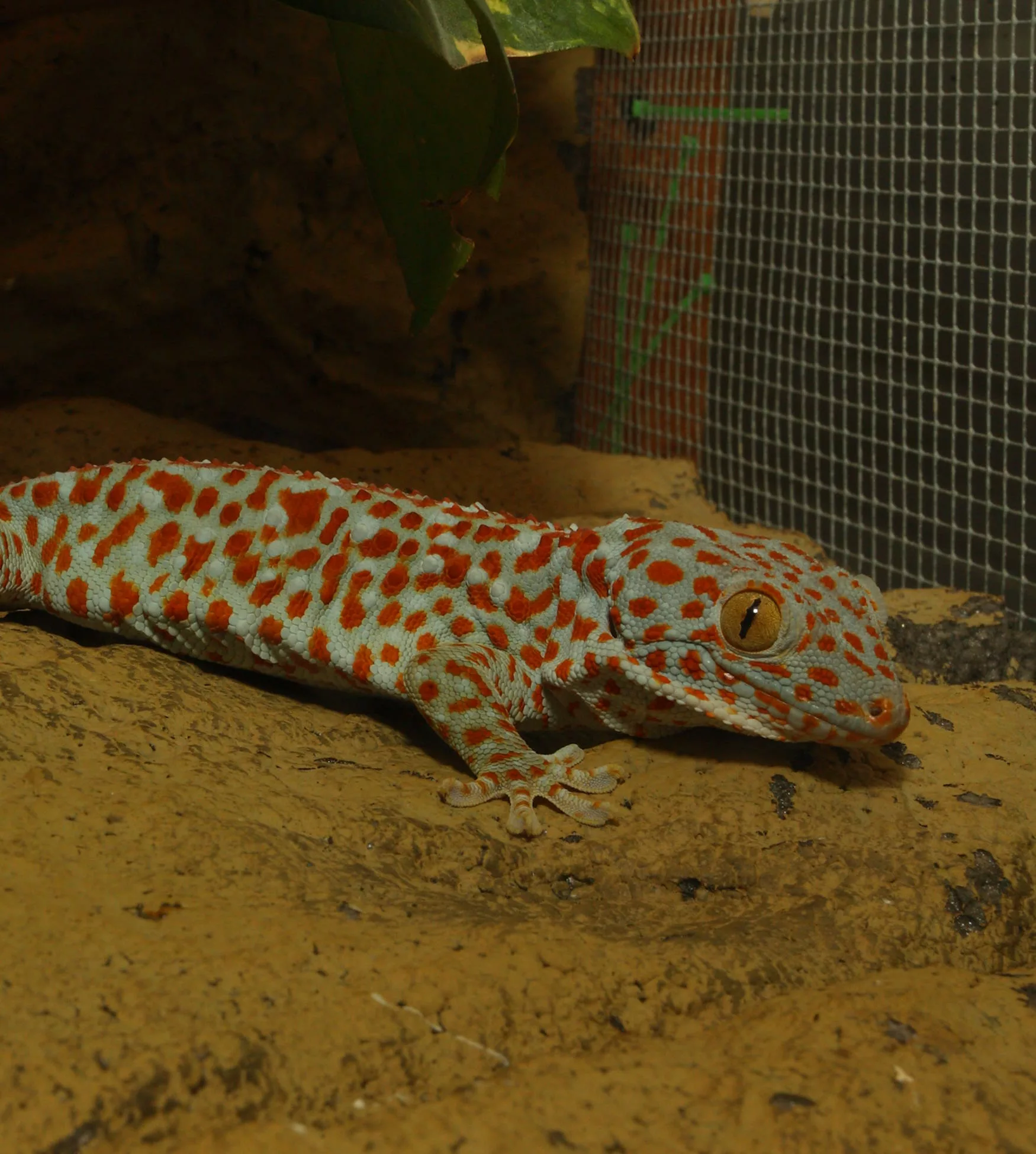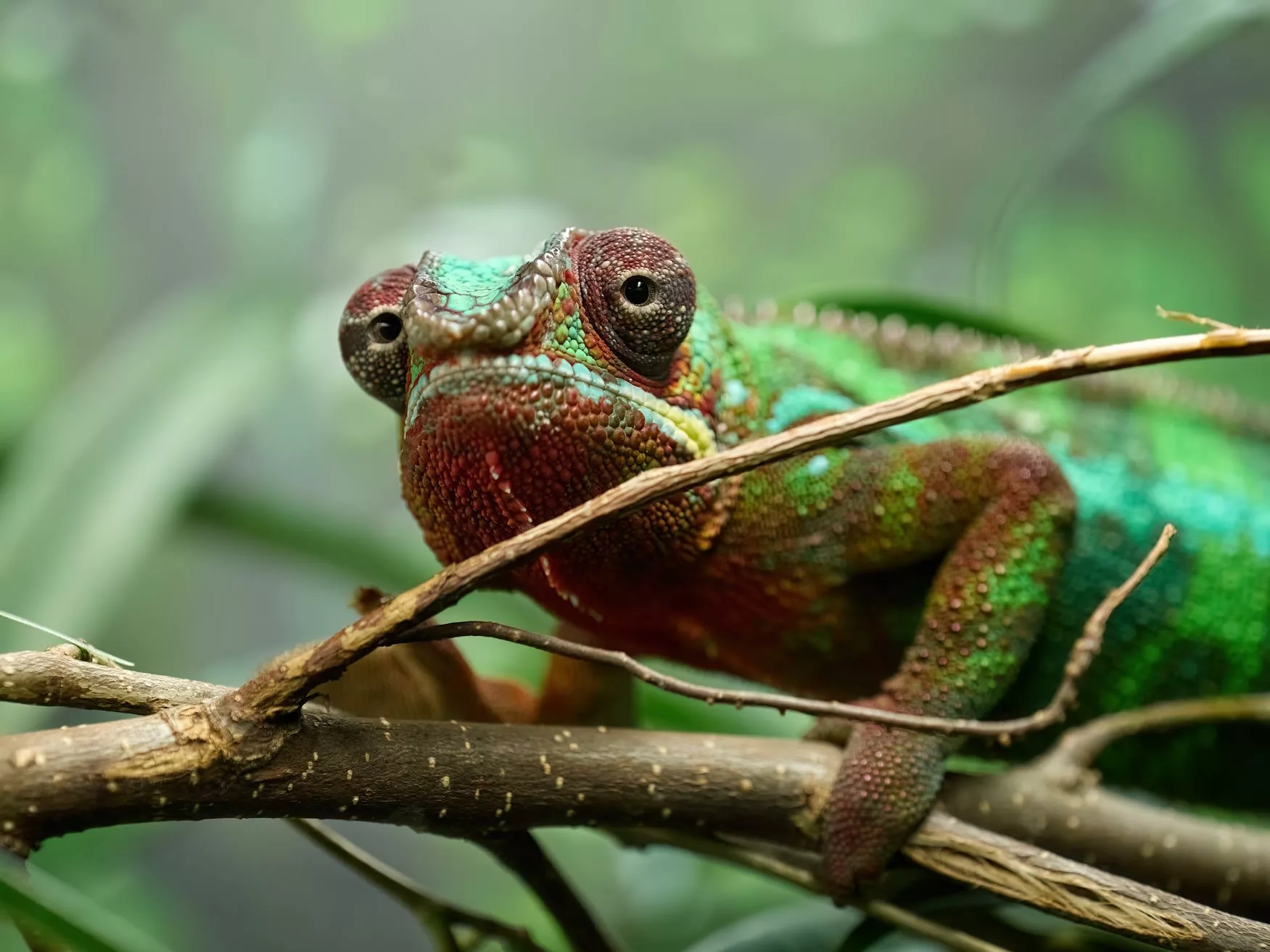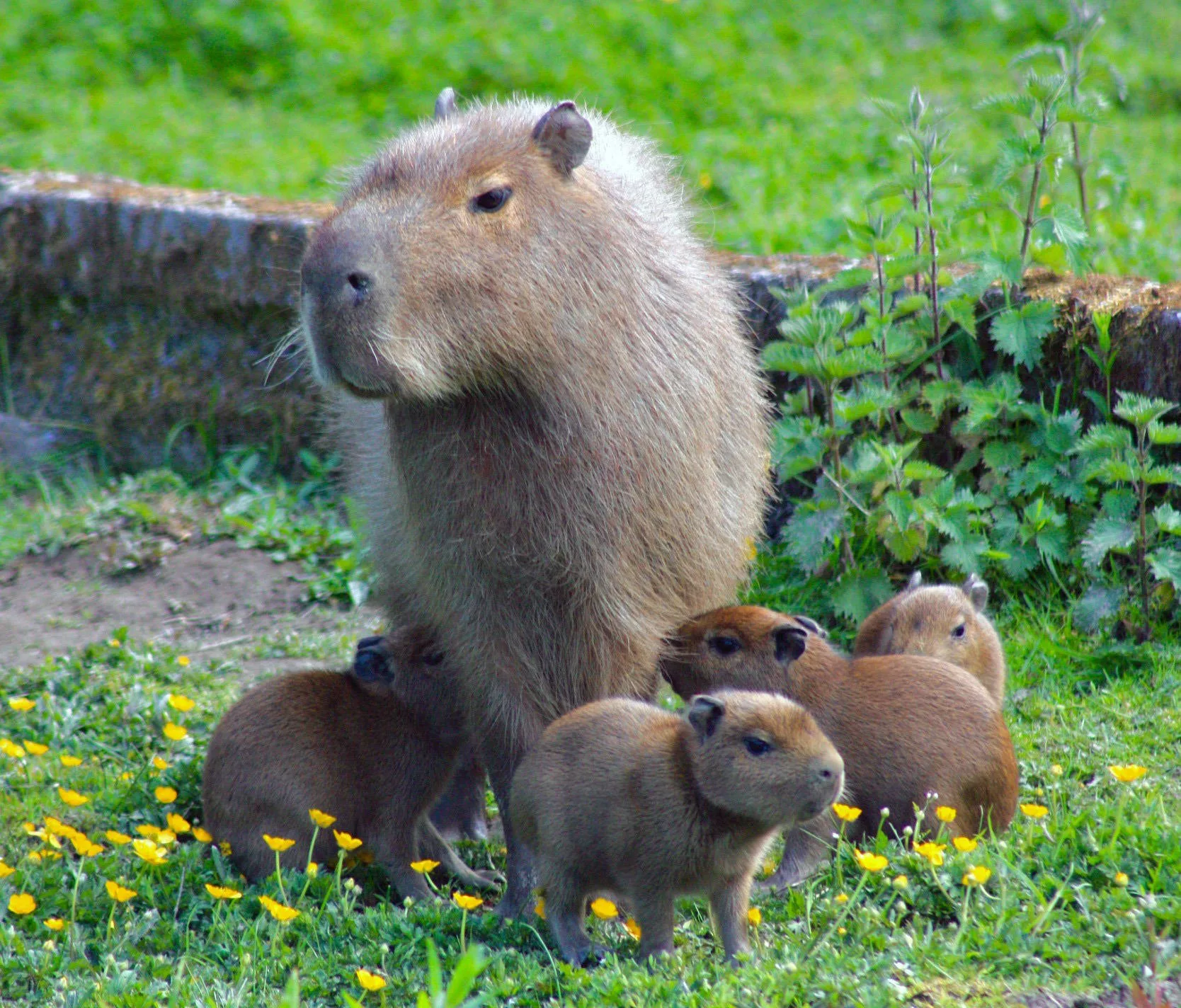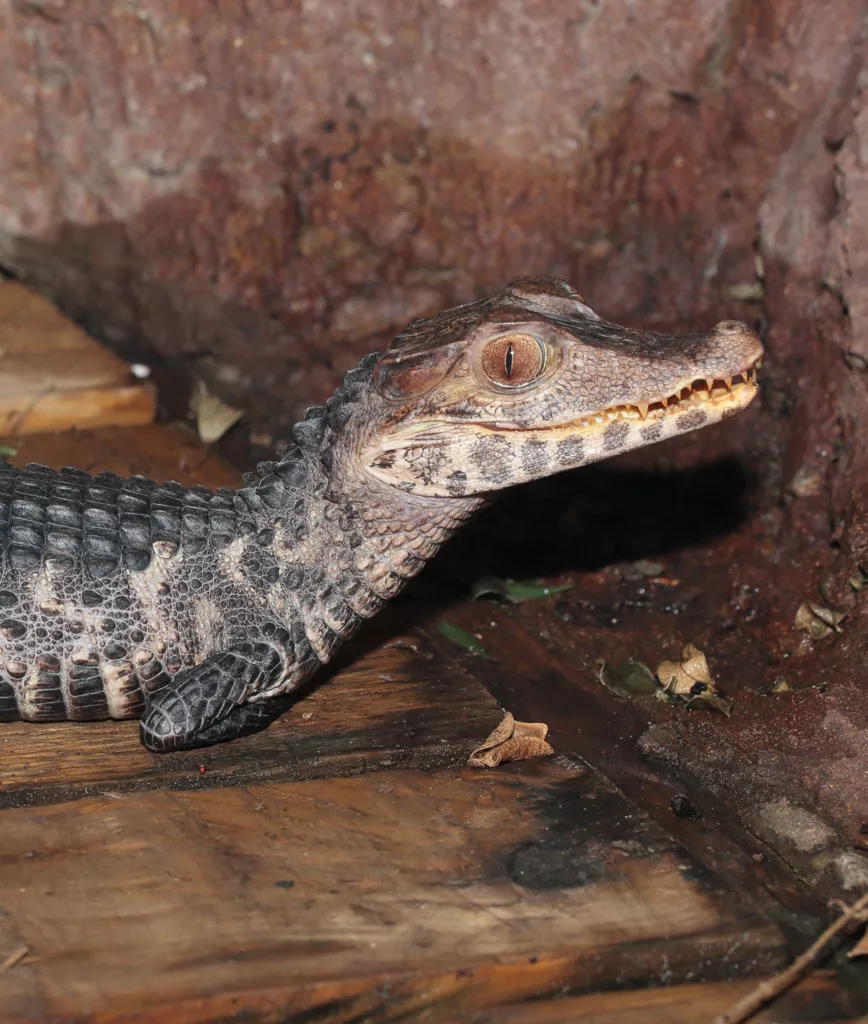
Cuvier’s dwarf caiman
Scientific name: Paleosuchus palpebrosus
IUCN listed as: Least Concern
Learn before you visit!
Here are some facts about the species – Discover what they eat, find out about their natural habitat, see what they like to do, and more… Set the reading style to suit you too, everyday speak or something aimed towards children.
Child-friendly
Everyday
Diet
Cuvier’s caimans primarily feast on fish, crustaceans, and amphibians, using their sharp teeth and powerful jaws for effective hunting. Most active at night, they stealthily sneak up on prey in the water, occasionally opportunistically preying on other small animals.
Cuvier’s caimans love fish, crustaceans, and amphibians. They hunt mainly at night, using their sharp teeth and strong jaws to catch prey in the water. Sometimes they’ll grab other small animals too, showing off their hunting skills.
Breeding
Breeding occurs during the wet season, with females constructing nests near water’s edge for egg-laying. After about 90 days of incubation, hatchlings emerge, quickly adapting to their aquatic environment and learning to survive independently.
When it’s wet, female caimans make nests near water and lay eggs. After about 90 days, the baby caimans hatch and quickly learn to live in the water.
Habitat
Inhabiting various freshwater environments across South America, Cuvier’s caimans prefer areas with slow-moving water and abundant vegetation. They are often found basking in the sun in marshes and swamps to regulate body temperature.
These caimans live in rivers and wetlands across South America, preferring places with slow-moving water and lots of plants. They also like to sunbathe in marshes and swamps to stay warm.
At the zoo
We have a lovely maturing young pair born and bred at the Crocodile Foundation in the UK. During the day they tend to remain within their heated water but as they would in the wild at low light levels they explore outside of their water environment particularly if we enter to feed. It is quite something to watch these little crocodiles do a death roll when they are fed locusts by their keeper just like a full grown “Mugger” or Nile crocodile would with bigger prey in the wild.
We have a young pair of crocodiles that were born and raised at the Crocodile Foundation in the UK. During the day, they mostly stay in their warm water, but when it’s not too bright, they like to explore outside their water area, especially when we come in to feed them. It’s amazing to see these little crocodiles do a twisty roll when their keeper gives them locusts to eat, just like big crocodiles in the wild do with their bigger prey.
Behaviour
Mainly nocturnal, they rest during the day and hide in dense vegetation. While mostly solitary, they may occasionally be seen in small groups. When threatened, they retreat into water or remain motionless to avoid detection.
Cuvier’s caimans sleep during the day and hide in bushes. They usually hang out alone but might be seen with a few friends sometimes. If they’re scared, they’ll dive into the water or stay super still to stay safe.
Fun facts
- Water Babies: Baby Cuvier’s caimans swim from birth, eager for aquatic life.
- Sun Seekers: Shy but sunny, they bask along riverbanks for warmth.
- Sneaky Hunters: With sharp teeth, they silently catch prey underwater.
- Night Wanderers: Most active at night, they hunt in rivers under the moon.
- Dusk Socials: They may gather at dusk, enjoying the fading light together.
- Water Babies: Baby Cuvier’s caimans swim from birth, eager for aquatic adventures.
- Sun Seekers: Shy but sunny, they bask along riverbanks for warmth.
- Sneaky Hunters: With sharp teeth, they silently catch prey underwater.
- Night Wanderers: Most active at night, they hunt in rivers under the moon.
- Dusk Socials: They may gather at dusk, enjoying the fading light together.
More animals to discover at our zoo
Quick Links
Tickets & Prices
You can buy tickets for Exmoor Zoo securely online, as well as finding out more price options, discover offers, and more…
What’s on…
Exmoor Zoo hosts incredible Events all through the year. You can find out about what we’ve got in store here…
Routes & info
Like any great discovery, Exmoor Zoo can feel a little off the beaten path – but don’t worry – you can plan your journey with our recommended routes and other useful travel info.
